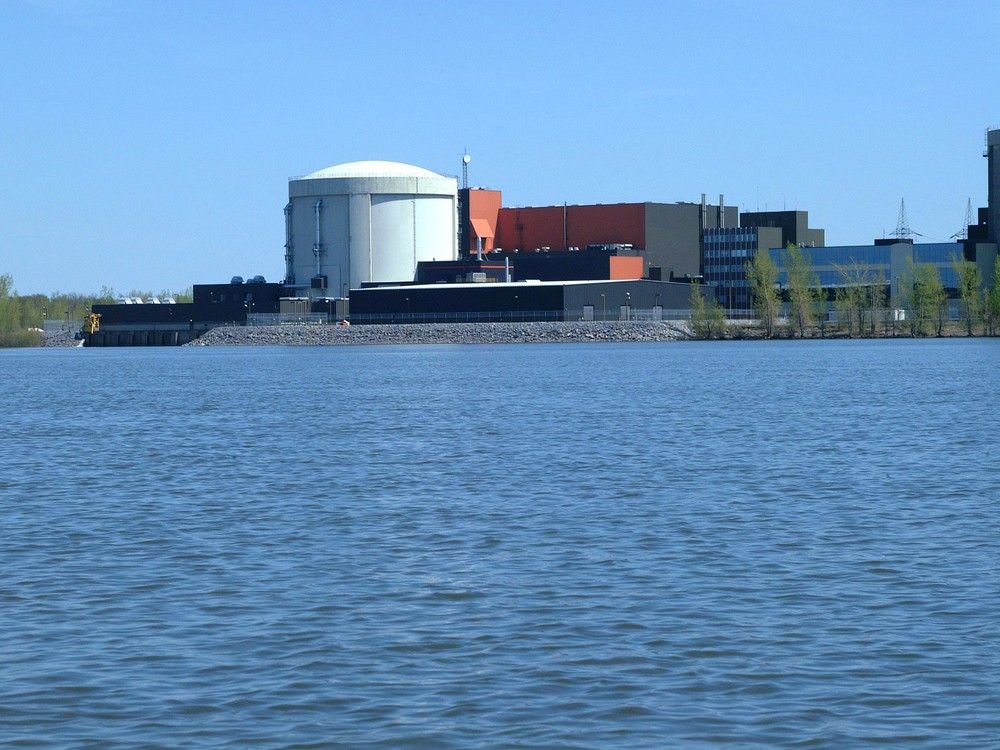In its 1923 report, the Williams Commission revealed that the Indians' claims were not only valid, but were also far more extensive than those that had been suggested by the 1916 Sinclair investigation. The two governments involved, having been suddenly confronted with a report that not only validated the claims to the central portion of the province but also verified ancient claims to lands on the north shore of Lake Ontario and to a sizeable tract below Lake Simcoe, moved very quickly to extinguish the Indian title to those regions. The lands in question were already being used by the government for settlement and the exploitation of its natural resources. Though part of the territory had likely been acquired by the government more than a century previous, it was decided that new surrender agreements should be taken in light of the problematic documentation for the original agreements.
Asking Williams and his colleagues to finish the process that had started, the treaty commission negotiated two separate treaties, known as the Williams Treaties, one covering the lands between Georgian Bay and the Ottawa River; and another for the lands along the shore of Lake Ontario and the lands up to Lake Simcoe respectively signed on October 31st and November 21st, 1923. The Williams Treaties saw the First Nation signatories surrender all their rights and title over the lands in question, including hunting and fishing rights. The agreement signed on October 31st, 1923 addressed the existing claims of the Lake Simcoe groups that had unresolved title claims to the lands of the Muskokas and Upper Ottawa River, as well as any underlying claims to the lands surrendered by the 1850 Robinson-Huron Treaty. Meanwhile, the November 21st, 1923 treaty covered the lands implicated by some of the more problematic land cession agreements dating from the 1780s.
In addition to the initial payments and the continuing annuities, the Treaties preserved the signing bands existing reserves but did not provide for any new reserve lands. The Williams Treaties also departed from some existing practices included in earlier treaties such as the Robinson Treaties (1850), and the Numbered Treaties. Where these treaties established continuing rights to hunt and fish, new reserve lands and yearly annuities, the Williams Treaties were more like the Upper Canada Land Surrender treaties with single cash payments, few if any reserves and the surrender of all rights.

 secretfunspot.blogspot.com
secretfunspot.blogspot.com




/cloudfront-us-east-2.images.arcpublishing.com/reuters/3MOGMRQ2GBOC3G4XATE3TM4WHU.jpg)



